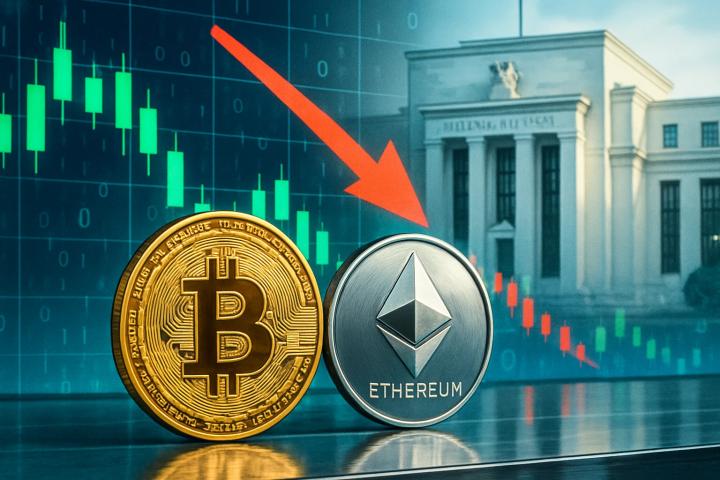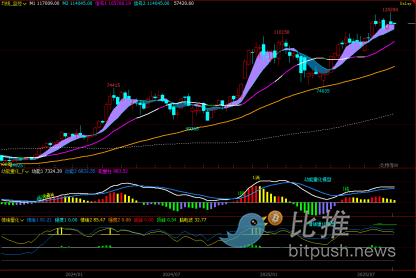Bitcoin's curve in mid-August was very exciting, with prices soaring to a high of $123,000 between the 11th and 14th, briefly pushing the futures sentiment index to 70%. Subsequently, while waiting for Federal Reserve (Fed) Chairman Powell's speech at the Jackson Hole Summit, it quickly cooled down, closing around $115,000 on the 19th, with the sentiment index also sliding to 36%. The market shifted from excitement to a wait-and-see stance.
Rapid Rise and Fall Explanation?
CryptoQuant analyst Axel Adler Jr. wrote that "the BTC futures market sentiment index has cooled down, falling below the neutral zone to 36%. This means the market has transitioned from the previous euphoria to a range-bound stage."
According to his analysis, BTC's price is currently stable at the $115,000 level, but the index momentum is further declining. In its structural composition, sellers' power dominates in the short term (both net orders and trading volume are negative), while open interest remains neutral, indicating insufficient market momentum. This combination of signals suggests the market is transitioning from a high-enthusiasm period to a range-bound pattern.
With the sentiment index remaining below 45-50%, rebound scenarios are likely to face selling pressure, and prices are more likely to consolidate within a narrow range. If the weak rebound period continues with a persistently low index, the risk of market exploration down to $112,000 significantly increases.
Key Events This Week
The market focus will be on Friday, when Fed Chairman Powell delivers his "Economic Outlook and Framework Review" speech at the Jackson Hole Global Central Bank Annual Meeting. This signal could become the core trigger affecting subsequent market sentiment and trends.
Cooling Signal from Futures Data
Powell previously pulled back the crypto market with a hawkish talk last year. This time, while not explicitly mentioning rate cuts, he reiterated his "data-dependent" stance. For risk assets, he would need to clearly signal easing to ignite a new round of buying.
Until then, investors will mostly adopt range-trading strategies. Nevertheless, institutional demand remains, providing underlying support for BTC.







